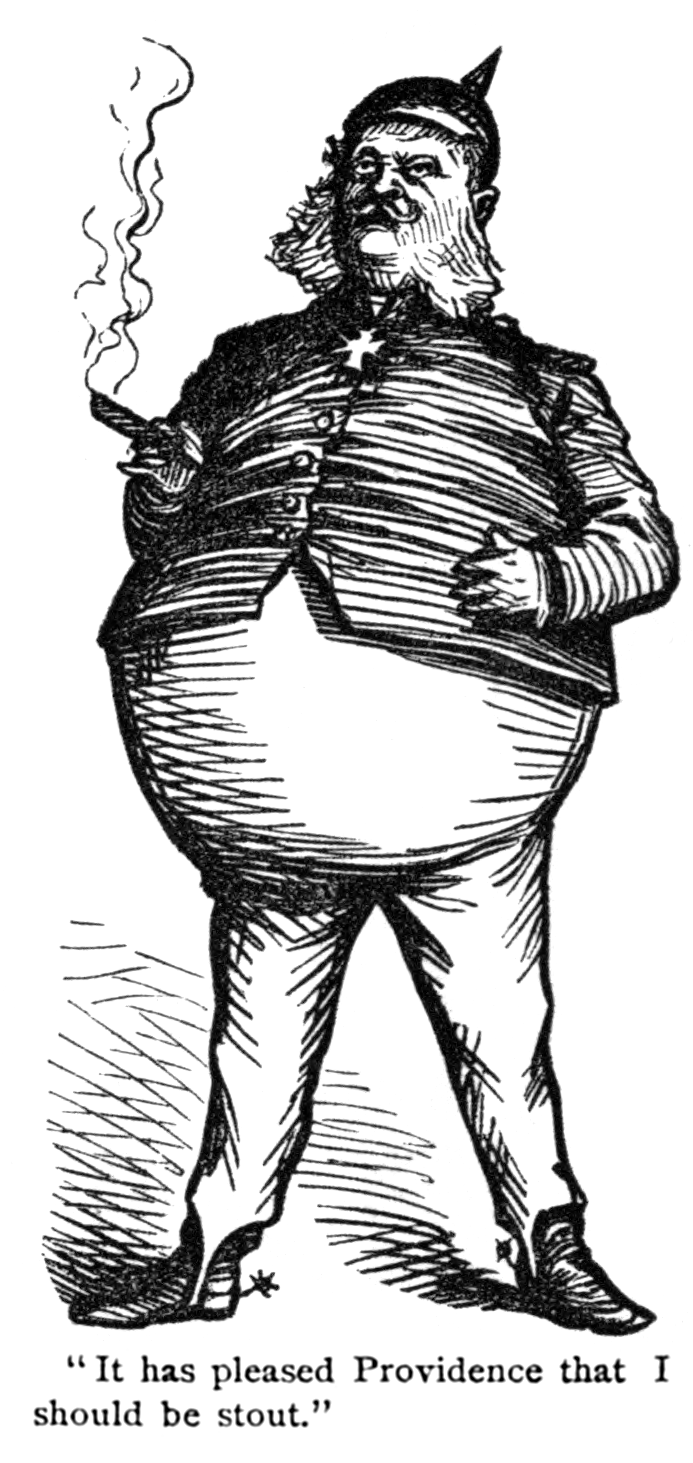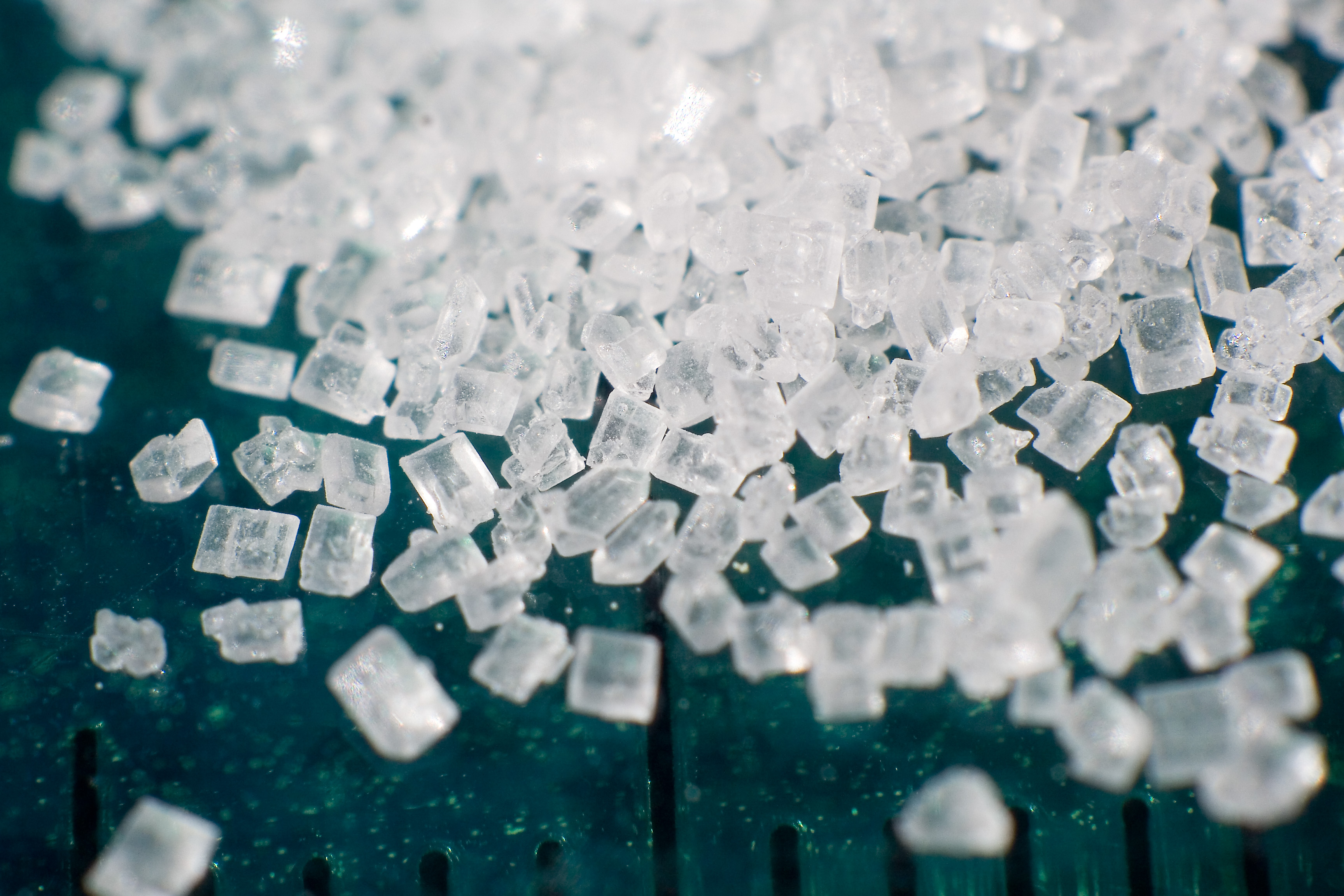There's just something about certain foods that just make even the strongest person cave in. For some people, it's a rich german double chocolate cake. For MOH, it's mint oreos. I think for me, it's salty chips. I love chips. Whether it's kale chips, potato chips, shrimp frys, hot cheetos, any chip variety will do me in. But for some people, that special craving, or pang to "just have it" goes a little more than just giving into temptation and having a snack. For some, food addiction is a very serious disorder, and often leads to several health concerns, the most important being obesity. Obesity, especially that in the United States, is ever increasing, affecting 30% of the population. As a result, food addiction is something that's a hot research topic in neuroscience, particularly because there are parallels of food addiction to drug addiction. What do I mean by this? Food addiction shares similar pathways as drug addiction does, in which many of the brain regions that are activated during food intake are the same regions that are activated during drug ingestion. While taking drugs "hijack" our brain's natural reward pathways, food addiction has been linked to activating many neural networks, making it extremely complicated to study.
 |
| DiLeone RJ et al., 2012 Nature Neuroscience |
So that leads to the next pressing question - do oreos hold higher power than a cigarette? While no studies have actually been done in humans to compare this (drat), rats when given a choice of either a sugary compound or a cocaine hit actually opt for the sugar high rather than the drug high. Even in a situation when the animal isn't hungry, a rodent will still choose sugar rather than the cocaine.
Why does food hold such high power? Some researchers hypothesize that the intense desire and evolutionary advantages to seek out and consume foods of high quality fat and sugar has led many brain pathways to respond positively to food intake.
References:
DiLeone RJ et al. 2012. The drive to eat: comparisons and distinctions between mechanisms of food reward and drug addiction. Nature Neuroscience.


No comments:
Post a Comment